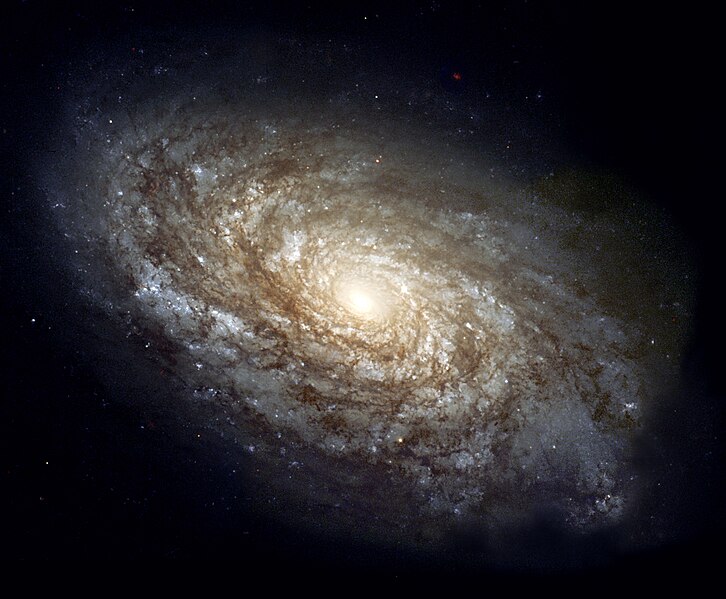Tugna:NGC 4414 (NASA-med).jpg

Tiddi n azaraskan agi : 726 × 599 iferdisen n tugna. Tibuda nniḍen : 291 × 240 iferdisen n tugna | 582 × 480 iferdisen n tugna | 931 × 768 iferdisen n tugna | 1 241 × 1 024 iferdisen n tugna | 1 730 × 1 428 iferdisen n tugna.
Afaylu aneṣli (1 730 × 1 428 pixel, tiddi n ufaylu: 1,71 MB/MO, anaw n MIME: image/jpeg)
Amazray n ufaylu
Senned ɣef yiwen azmez d usrag iwakken ad ẓṛeḍ afaylu aken yella deg imir nni.
| Azemz/Ssaɛa | Aqmamaḍ | Iseggiwen | Amseqdac | Awennit | |
|---|---|---|---|---|---|
| Lux a | 10 Duǧember 2016 à 10:36 |  | 1 730 × 1 428 (1,71 MB/MO) | PlanetUser | better quality from TIFF |
| 2 Mayyu 2015 à 09:38 |  | 1 730 × 1 428 (2,42 MB/MO) | Jcpag2012 | Reverted to version as of 00:15, 23 September 2006 | |
| 23 Meɣres 2014 à 03:51 |  | 1 730 × 1 428 (2,42 MB/MO) | FARHAAD 1992 | Reverted to version as of 00:15, 23 September 2006 | |
| 15 Meɣres 2014 à 12:01 |  | 2 908 × 2 400 (388 KB/KO) | The Herald | Higher resolution | |
| 23 Ctember 2006 à 00:15 |  | 1 730 × 1 428 (2,42 MB/MO) | Tom | higher res | |
| 21 Yennayer 2006 à 18:31 |  | 1 024 × 768 (60 KB/KO) | Red devil 666 | ||
| 1 Mayyu 2005 à 21:45 |  | 727 × 600 (393 KB/KO) | DannyZ~commonswiki | n 1995, the majestic spiral galaxy NGC 4414 was imaged by the Hubble Space Telescope as part of the HST Key Project on the Extragalactic Distance Scale. An international team of astronomers, led by Dr. Wendy Freedman of the Observatories of the Carnegie I |
Aseqdec n ufaylu
Asebter agi teseqdac afaylu agi :
Aseqdec n ufaylu amatu
Iwikiyen-agi-nniḍen seqdacen afaylu-agi:
- Aseqdec ɣef af.wikipedia.org
- Aseqdec ɣef af.wiktionary.org
- Aseqdec ɣef am.wikipedia.org
- Aseqdec ɣef anp.wikipedia.org
- Aseqdec ɣef an.wiktionary.org
- Aseqdec ɣef ar.wikipedia.org
- Aseqdec ɣef ary.wikipedia.org
- Aseqdec ɣef arz.wikipedia.org
- Aseqdec ɣef ast.wikipedia.org
- Galaxa
- Llista d'oxetos del catálogu NGC (4000-4999)
- Usuariu:Farisori/Pruebes
- NGC 4414
- Wikipedia:Wikiproyeutu Astronomía
- Llista de galaxes
- Alderique:NGC 66
- Coma Berenices
- Polvu cósmico
- Alderique:Astronomía
- Alderique:1 Aquarii
- Alderique:1 Cassiopeiae
- Alderique:1 Centauri
- Alderique:1 Geminorum
- Alderique:1 Lacertae
- Alderique:1 Pegasi
- Alderique:1 Vulpeculae
- Alderique:10 Aquilae
- Alderique:10 Canum Venaticorum
- Alderique:10 Lacertae
- Alderique:10 Tauri
- Alderique:10 Ursae Majoris
- Alderique:101 Herculis
- Alderique:107 Piscium
- Alderique:109 Herculis
- Alderique:109 Piscium
- Alderique:109 Virginis
- Alderique:11 Aquarii
- Alderique:11 Camelopardalis
- Alderique:11 Comae Berenices
- Alderique:11 Cygni
- Alderique:11 Leonis Minoris
- Alderique:11 Librae
- Alderique:11 Puppis
- Alderique:11 Ursae Minoris
Wali l’utilisation globale n ufaylu-agi.

